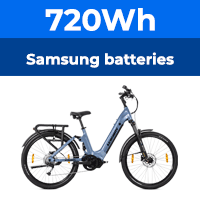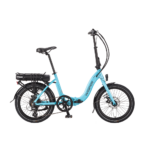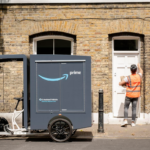Is the market efficient in Wh? Or, in other words, do you pay the same per Wh for a spare battery irrespective of manufacture.
My gut feel is the 24V 10Ah Panasomic costs £400 (inc VAT) to replace for e.g. a Kalfkoff, and that the Wisper 36V 10Ah costs about £400 (inc VAT). Yet the former battery has only 2/3 the Whs. Thus in one case you are paying £1.66 per WH, and in the second £1.11 (inc VAT) per Wh.
I feel, based on wholesale prices, a fair retail price should be sub £1.00 (inc. VAT) per Wh. Thus for a 36V 10Ah the 'fair' market price should be sub £360 (inc VAT). Wisper is close to that (if market rumours are right) but the Panansonics are wayyyyyyy overpriced. Is there something fundamentally different in the technologies between the two battery types that I am missing.
Any comments, especially from manufactureres, dealers, suppliers?
Thank you.
Bruce {I used to be an economist}

My gut feel is the 24V 10Ah Panasomic costs £400 (inc VAT) to replace for e.g. a Kalfkoff, and that the Wisper 36V 10Ah costs about £400 (inc VAT). Yet the former battery has only 2/3 the Whs. Thus in one case you are paying £1.66 per WH, and in the second £1.11 (inc VAT) per Wh.
I feel, based on wholesale prices, a fair retail price should be sub £1.00 (inc. VAT) per Wh. Thus for a 36V 10Ah the 'fair' market price should be sub £360 (inc VAT). Wisper is close to that (if market rumours are right) but the Panansonics are wayyyyyyy overpriced. Is there something fundamentally different in the technologies between the two battery types that I am missing.
Any comments, especially from manufactureres, dealers, suppliers?
Thank you.
Bruce {I used to be an economist}







